Table of content
Introduction
Mutton and Monkshood Soup, a traditional dish hailing from the depths of Chinese culinary heritage, combines the rich, earthy flavor of mutton with the unique properties of monkshood, a herb known for its medicinal qualities. While monkshood (Aconitum carmichaeli) is poisonous in its raw form and requires careful preparation and handling, its processed variant, often referred to as “fuzi” in traditional Chinese medicine, is used sparingly in certain dishes to enhance circulation and provide warmth to the body. This article will guide you through the intricate process of making this soup, emphasizing safety, precision, and the preservation of traditional techniques. Please note that handling monkshood without proper knowledge and equipment can be dangerous, so it is crucial to consult a qualified practitioner of traditional Chinese medicine or an experienced chef before attempting this recipe.
Understanding the Ingredients
Mutton
Mutton, the primary ingredient, adds depth and richness to the soup. Its flavor is robust, with a slightly gamy taste that pairs well with the aromatic spices and herbs used in the dish. Choose fresh, high-quality mutton for the best results, preferably from a reputable butcher who can advise on the best cuts for soup making.
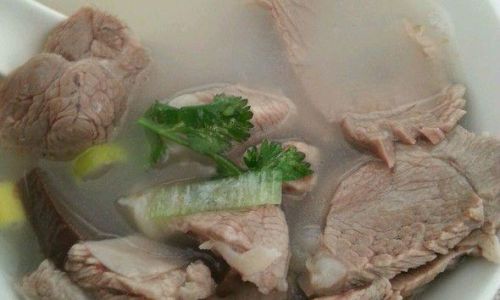
Monkshood (Fuzi)
Monkshood, or fuzi, is a potent herb used in traditional Chinese medicine to treat conditions like cold limbs, joint pain, and poor circulation. However, it is highly toxic when not prepared correctly. The root is typically boiled multiple times, peeled, and soaked to reduce its toxicity before use. It is imperative to use processed and pre-prepared fuzi, available at pharmacies specializing in traditional Chinese medicine, and to follow strict guidelines regarding dosage and preparation.
Other Ingredients
- Ginger: Adds warmth and helps to counteract the mutton’s richness.
- Scallions: Provide a fresh, aromatic flavor.
- Chinese Wolfberry (Gouqi Zi): Adds a subtle sweetness and nutritional benefits.
- Cinnamon and Star Anise: These spices contribute warmth and complexity to the soup.
- White Peppercorns: Offer a gentle heat and enhance digestion.
- Water: High-quality water is essential for extracting the flavors from the ingredients.
Safety Precautions
Before diving into the recipe, it’s crucial to understand the risks associated with handling monkshood. This herb contains highly toxic alkaloids that can cause severe poisoning if not prepared correctly. Here are some essential safety tips:

- Purchase Prepared Monkshood: Never attempt to prepare monkshood from raw roots without professional guidance. Always buy pre-processed and certified monkshood from a reputable source.
- Wear Protective Gear: When handling monkshood, wear gloves, a mask, and protective eyewear to prevent any contact with skin, eyes, or mucous membranes.
- Cook Thoroughly: Ensure that the monkshood is cooked for an extended period in boiling water to further reduce any residual toxicity.
- Follow Dosage Guidelines: Never exceed the recommended dosage, as even small amounts of raw or improperly prepared monkshood can be fatal.
- Consult a Professional: Always consult a qualified practitioner of traditional Chinese medicine before incorporating monkshood into your diet.
Step-by-Step Recipe
Preparation Time: 30 minutes
Cooking Time: 3-4 hours
Servings: 4-6
Ingredients:
- 1 kg (2.2 lbs) of fresh mutton, preferably shoulder or leg cuts, cut into bite-sized pieces
- 3-5 grams (0.1-0.2 oz) of prepared monkshood (fuzi), pre-soaked and peeled (Note: This amount is for illustration; actual usage should be guided by a professional)
- 3 slices of fresh ginger, about 3 mm (0.12 in) thick
- 2 stalks of scallions, tied into a knot
- 10 grams (0.35 oz) of Chinese wolfberries (Gouqi Zi)
- 1 cinnamon stick, about 3 cm (1.2 in) long
- 2 star anise pods
- 1 teaspoon of white peppercorns
- 2 liters (68 fl oz) of high-quality water
- Salt, to taste
Equipment:
- Large stockpot
- Strainer
- Tongs or chopsticks for handling hot ingredients
- Measuring spoons and cups
- Knife and cutting board
- Ladle
Step 1: Prepare the Ingredients
- Mutton: Rinse the mutton pieces under cold running water to remove any blood or impurities. Pat them dry using paper towels.
- Monkshood: Ensure the monkshood is pre-processed, soaked, and peeled. Handle it with gloves and keep it away from other ingredients until ready to use.
- Aromatics and Spices: Prepare the ginger slices, scallions, cinnamon stick, star anise, and white peppercorns.
Step 2: Blanch the Mutton
- Fill the large stockpot with water and bring it to a rolling boil.
- Add the mutton pieces and blanch them for about 3-5 minutes to remove any impurities and blood.
- Use a strainer to remove the mutton and discard the boiling water. Rinse the pot clean.
Step 3: Start the Soup Base
- Return the cleaned pot to the stove and add the fresh 2 liters (68 fl oz) of water.
- Bring the water to a boil, then add the blanched mutton, ginger slices, scallions, cinnamon stick, star anise, and white peppercorns.
- Reduce the heat to a simmer and cook, uncovered, for about 1.5 hours, skimming any foam or impurities that rise to the surface.
Step 4: Add the Monkshood
- After 1.5 hours, carefully add the prepared monkshood to the pot using tongs or chopsticks to avoid direct skin contact.
- Continue simmering the soup for another 1.5 hours, ensuring the pot is partially covered to retain heat and flavor.
- During this time, monitor the soup closely and adjust the heat as necessary to maintain a gentle simmer.
Step 5: Add Wolfberries and Season
- In the final 10-15 minutes of cooking, add the Chinese wolfberries to the soup.
- Taste the soup and add salt as needed. Remember, the flavors will continue to develop as the soup cools, so err on the side of less salt initially.
Step 6: Finish and Serve
- Once the soup has cooked for a total of 3-4 hours, turn off the heat.
- Allow the soup to cool slightly before using a ladle to transfer it to serving bowls.
- Serve the mutton and monkshood soup hot, with additional salt and pepper on the side for individual seasoning if desired.
Tips for Perfecting Your Soup
- Quality Ingredients: Always use fresh, high-quality ingredients for the best flavor.
- Patient Cooking: Slow cooking allows the flavors to meld together, creating a rich, satisfying broth.
- Adjust Seasoning: Taste the soup frequently during cooking to adjust the seasoning as needed.
- Presentation: Garnish with chopped scallions or cilantro for a fresh, aromatic finish.
Conclusion
Making Mutton and Monkshood Soup is a culinary journey that combines the art of traditional Chinese cooking with the precision of herbal medicine. While the process requires careful attention to safety and detail, the result is a nourishing, flavorful dish that warms the body and soul. Remember to always consult a professional before incorporating monkshood into your diet and to handle the herb with the utmost care. With patience, precision, and a love for traditional cuisine, you can create a memorable and healing meal that honors the rich heritage of Chinese culinary traditions. Enjoy your culinary adventure!
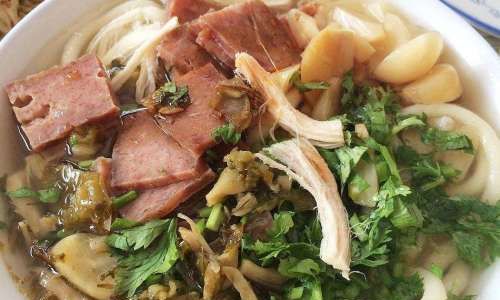
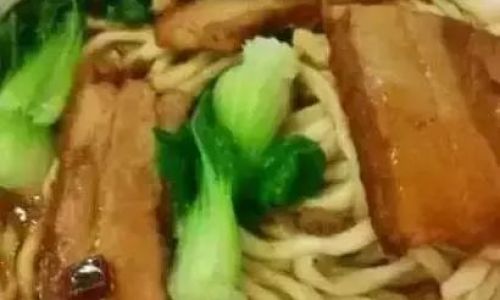
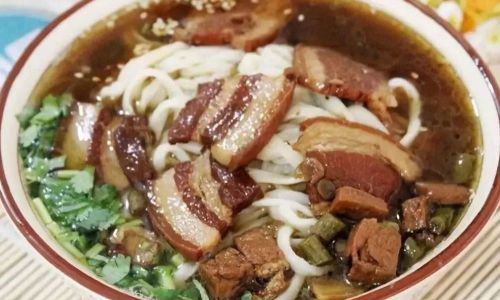

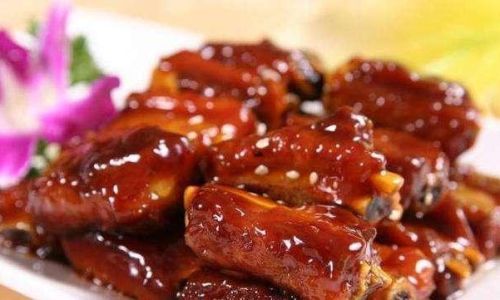
0 comments